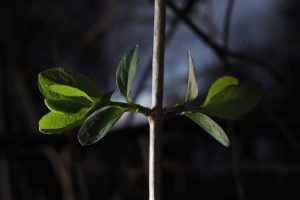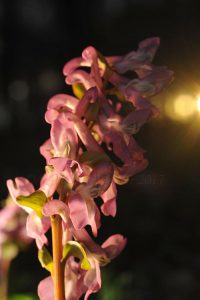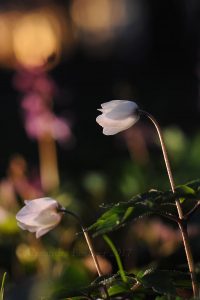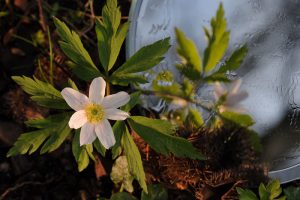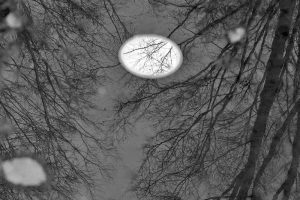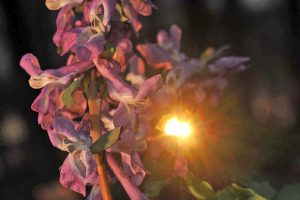Lights and mirrors
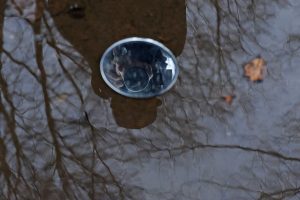 Yesterday, I had the opportunity to spend a weekend day in one of my favourite ways: I went out into the woods in spring with a group of friendly photographers. The group, organised via MeetUp, is an informal one that is open to anyone, a bit like Photoresk. It means not only a day out and a chance to drink coffee with many other local photographers, but also an opportunity to try different techniques and be inspired by one other.
Yesterday, I had the opportunity to spend a weekend day in one of my favourite ways: I went out into the woods in spring with a group of friendly photographers. The group, organised via MeetUp, is an informal one that is open to anyone, a bit like Photoresk. It means not only a day out and a chance to drink coffee with many other local photographers, but also an opportunity to try different techniques and be inspired by one other.
A photographer acquaintance of mine recently admitted he felt that ‘it’s all be done before’, that there is nothing new in photographic techniques. However, it strikes me that a painter would not say that: oil painting has been around for several hundred years, and yet a painter is unlikely to see this as anything more than an opportunity for learning. Photography, to me, is the same. Perhaps someone has crawled on their knees in a damp woodland floor to try to capture an image that touches them, but it doesn’t discourage me from trying, too.
Yesterday was a bit grey and overcast. Although I love the flat light created in overcast conditions, I also think that spring is wonderful with the emerging sunshine. This is why I decide to bring along my own bit of sunshine, with an off-camera flash and a warming filter.
I also brought along two macro lenses – one that is 105mm long and so isolates the subject beautiful from much of the surroundings, and one (used above) of 60mm which shows more of the background and context of the shot. So, for example, I used the 60mm below to catch the sunset glow in the background. Both lenses allow me to focus incredibly close to the subject.
And I brought along a mirror! A funny sort of scene-setting accessory, I find mirrors really useful to provide a multi-lateral perspective in a single photograph. Mirrors can reflect the unseen side.
Mirrors are also useful in enhancing the natural mirror of puddle areas in nature – creating a half-abstract image perhaps more like an etching.
